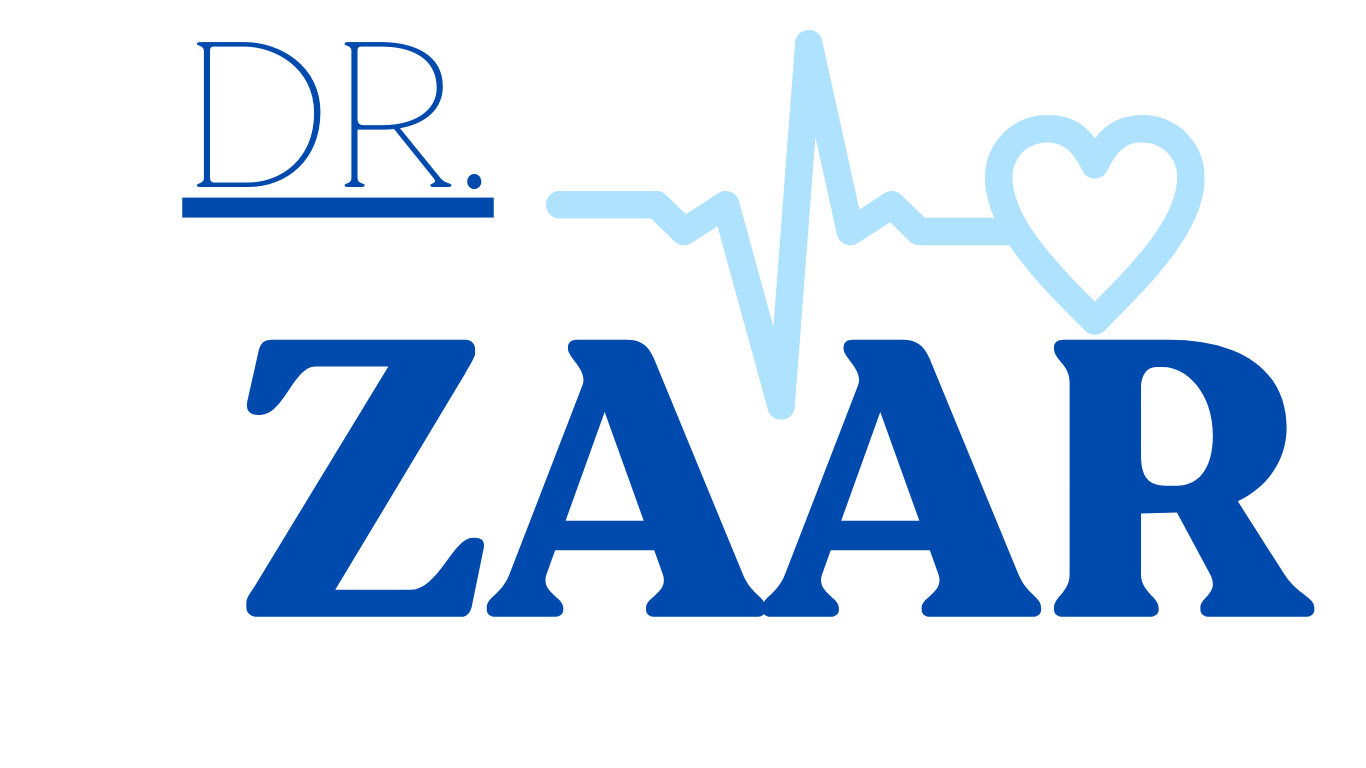Antidiuretic Hormone Dysregulation in Nephrogenic Diabetes Insipidus: Insights into Pathophysiology
Antidiuretic Hormone Dysregulation in Nephrogenic Diabetes Insipidus: Insights into Pathophysiology
Introduction: Nephrogenic Diabetes Insipidus (NDI) is a rare disorder characterized by the inability of the kidneys to concentrate urine adequately, leading to excessive thirst and excretion of large volumes of dilute urine. This condition can result from various factors, including genetic mutations, electrolyte imbalances, or medication side effects. One crucial aspect of NDI pathophysiology involves the dysregulation of antidiuretic hormone (ADH), also known as vasopressin. Understanding the mechanisms underlying ADH dysregulation in NDI is essential for developing effective treatments and improving patient outcomes.
ADH and Its Role in Water Balance: ADH is a peptide hormone produced by the hypothalamus and released by the posterior pituitary gland in response to changes in blood osmolality or volume. Its primary function is to regulate water balance by controlling the permeability of the renal collecting ducts to water. When blood osmolality increases or blood volume decreases, ADH secretion is stimulated, leading to water reabsorption in the kidneys and concentration of urine. Conversely, decreased ADH levels result in increased water excretion, leading to dilute urine production.
NDI Pathophysiology: In NDI, the kidneys fail to respond appropriately to ADH, despite normal or elevated levels of the hormone in the bloodstream. This resistance to ADH action can occur at various points along the renal tubules, including the distal convoluted tubules and the collecting ducts. Genetic mutations affecting key proteins involved in ADH signaling pathways, such as aquaporin channels or vasopressin receptors, are common causes of hereditary NDI. Acquired forms of NDI can result from electrolyte disturbances (e.g., hypercalcemia, hypokalemia), certain medications (e.g., lithium, demeclocycline), or renal diseases (e.g., chronic kidney disease).
Mechanisms of ADH Dysregulation: Several mechanisms contribute to ADH dysregulation in NDI. In hereditary forms, mutations in genes encoding aquaporin-2 (AQP2), the principal water channel in the renal collecting ducts, impair its insertion into the apical membrane, reducing water reabsorption capacity. Mutations affecting vasopressin V2 receptors (V2R) lead to impaired intracellular signaling, diminishing the response to ADH stimulation. Additionally, alterations in regulatory proteins, such as AQP2 phosphorylation enzymes or G-proteins, can disrupt ADH-mediated water reabsorption.
In acquired NDI, electrolyte imbalances disrupt the osmotic gradient required for water reabsorption in the kidneys. For instance, hypercalcemia inhibits AQP2 expression and impairs ADH signaling, whereas hypokalemia enhances urinary dilution by promoting potassium secretion at the expense of sodium reabsorption. Medications like lithium interfere with intracellular signaling pathways involved in AQP2 trafficking, leading to nephrogenic effects similar to hereditary NDI.
Therapeutic Approaches: Management of NDI focuses on correcting underlying electrolyte abnormalities, discontinuing causative medications, and promoting water intake to prevent dehydration. Pharmacological interventions aim to enhance renal responsiveness to ADH or bypass defective signaling pathways. Thiazide diuretics, by inducing volume depletion and stimulating proximal sodium reabsorption, can paradoxically reduce urine output in some patients with NDI. Nonsteroidal anti-inflammatory drugs (NSAIDs) inhibit prostaglandin synthesis and enhance AQP2 expression, potentially improving water reabsorption. Newer therapeutic strategies targeting specific molecular defects, such as gene therapy or pharmacological chaperones, show promise in preclinical studies and may offer personalized treatment options in the future.
Conclusion: Antidiuretic hormone dysregulation plays a central role in the pathophysiology of Nephrogenic Diabetes Insipidus, contributing to impaired water reabsorption and excessive urine output. Understanding the molecular mechanisms underlying ADH resistance is essential for developing targeted therapies and improving clinical outcomes in patients with NDI. Continued research into novel treatment modalities and personalized approaches holds the potential to alleviate symptoms and enhance the quality of life for individuals affected by this challenging disorder.
Case Study: Management of Hyperparathyroidism with Calcitriol
Adiponectin and the Osteoporosis Conundrum
Adiponectin-Osteoporosis, a silent thief of bone density, affects millions worldwide, disproportionately impacting women after menopause. While calcium and vitamin D.
Read MoreWhat stimulates the release of ghrelin?
Ghrelin, often dubbed the “hunger hormone,” plays a crucial role in our body’s energy management and appetite regulation. Produced mainly.
Read More